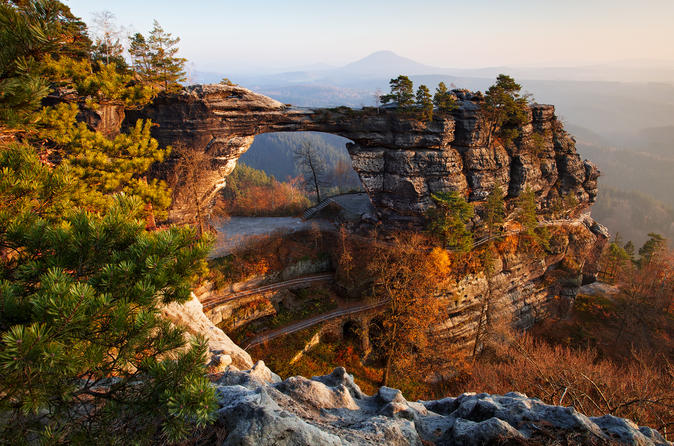HeroesGrave
New Member
- Name: Jeremy "HeroesGrave" Simpson
- Social: Github
- From: New Zealand
- Skills / Tools:
- 6 years of Java
- 4 years of Rust
- 1-2 years of a few other languages (Python, Kotlin, Javascript)
- ~6 years using OpenGL (both through LWJGL and low-level C bindings)
- The majority of my programming experience is in game development but I occasionally dabble in other fields when something takes my interest.
- Amateur pixel artist and composer
- Currently in my second year of studies for a BSc, majoring in Compsci and (Pure) Mathematics.
- Found via: I came across the project several years ago (2012/13) while I was relatively unexperienced in Java/LWJGL. More recently I "rediscovered" it through GSOC.
- Interests:
- Procedural Generation
- Simulation-based gameplay mechanics (creating emergent gameplay)
- Game design theory (mainly focused on things like balancing, difficulty scaling, and other problems that can be approached with math)
However, as mentioned in the issue, the project idea is quite an old one and I'm not sure if the outcome of such a proposal would provide much additional value when there are already several other world generation modules. I'm looking for a little bit of feedback on this idea (and another one below) before I decide what to write up for my proposal.
My second idea (which is closer to Cervator's suggestion on the github issue), is to take the idea of "feature curves" (splines layed out across the terrain that control the elevation/slope both on the curve and to either side. Depending on the parameters these can define anything from hills to cliffs to riverbeds, etc.) and use them to generate terrain features instead of noise. However, I'm not entirely sure of the practicality of this approach (over concerns for both performance and whether the algorithm can actually produce good results without human input). It would certainly be an interesting problem to tackle but all the unanswered questions about this approach make it hard to write a concrete proposal for. On the other hand, it might make a good stretch goal for the first idea but of course that depends on whether the first idea is good enough to stand alone.




